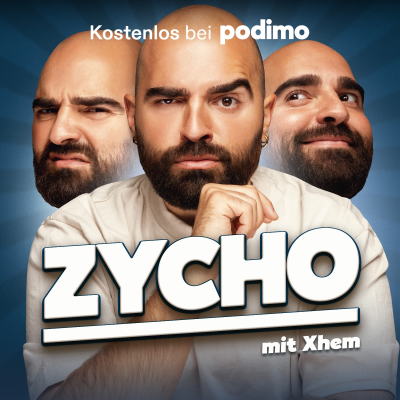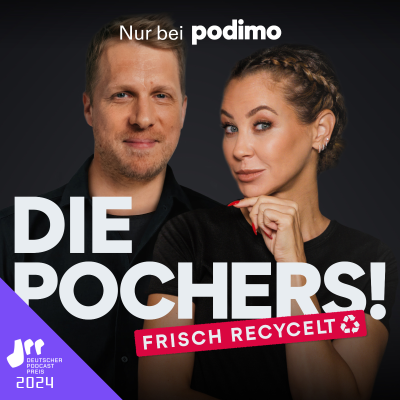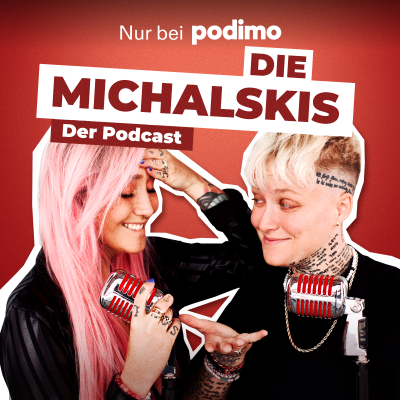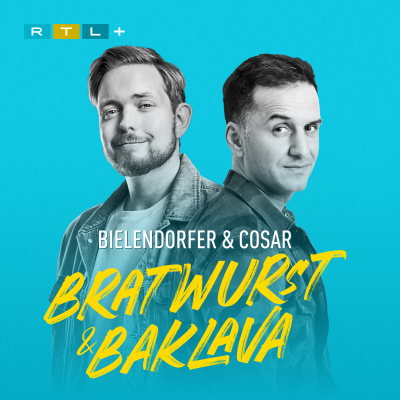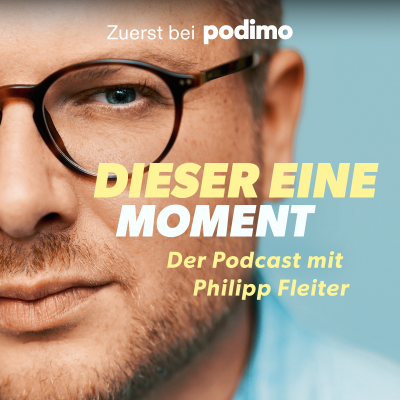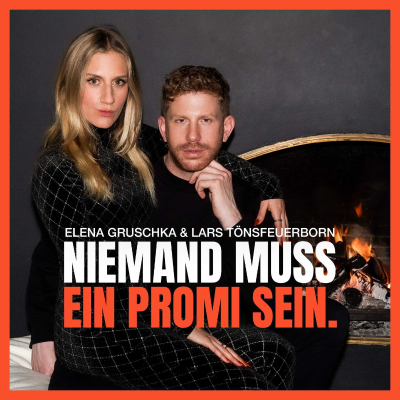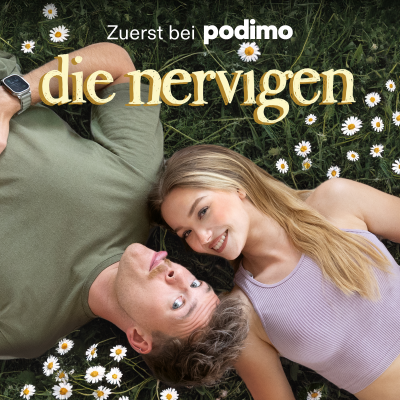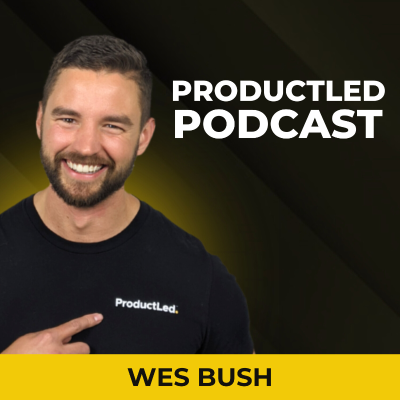
ProductLed Podcast
Podcast von Wes Bush
Nimm diesen Podcast mit
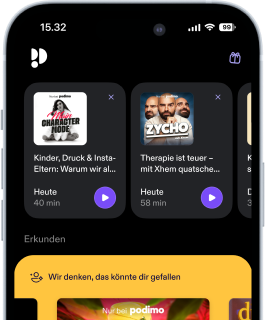
Mehr als 1 Million Hörer*innen
Du wirst Podimo lieben und damit bist du nicht allein
Mit 4,7 Sternen im App Store bewertet
Alle Folgen
284 FolgenIn this episode, Wes Bush interviews Gaurav, founder and CEO of Jeeva AI, about how they pivoted from a failed startup to building a $5M ARR AI sales platform in just 8 months. Gaurav reveals their unconventional approach to being "different not better," and how they recently launched a PLG motion that generated 10,000+ users and $100K ARR in their first week. Key Takeaways: [00:01:32] Gaurav’s origin story [00:05:26] Building "the cursor for sales" [00:15:05] The launch strategy: Getting 320 form fills and 27 customers [00:25:05] The feature trap: Focusing too much on new features instead of funnel optimization [00:30:01] The Ogilvy principle that shaped their positioning strategy [00:37:01] Breaking down their Product Hunt launch that generated 900+ upvotes [00:42:12] The two-team approach during transitions [00:51:15] Why product, customers, and hiring/firing are the only three things that matter [00:54:09] How consistent posting (2x daily) grew from 500 to 23,000 followers [01:01:17] The mindset shift to maintaining high energy Resources: 🤖 Jeeva AI [https://www.jeeva.ai/] 💼 Connect with Gaurav Bhattacharya on LinkedIn [https://www.linkedin.com/in/gaurav-agentic/] 📧 Contact Gaurav at his email gaurav@jeeva.ai
Most SaaS founders track too many metrics and still have no clue where their biggest growth bottleneck actually is. They're drowning in data but starving for insights. In this episode, Wes reveals the concept of building a "reverse funnel" - a simple framework that not only identifies exactly where users are dropping off, but shows you precisely which lever to pull to hit your revenue goals. Key Highlights: * 01:39: How to structure your revenue goals (MRR, ARPU, units sold) * 02:40: The problem with tracking too many metrics without context * 03:43: How to identify bottlenecks in your quarterly planning * 04:26: The power of increasing ARPU vs. acquiring more customers * 06:30: Why founders consistently miss their revenue goals Resources: 🧠 Sign up for the ProductLed Newsletter [https://productled.com/newsletter?utm_source=podcast&utm_medium=organic&utm_campaign=newsletter-promo] 📔 Get the ProductLed Reverse Funnel Planner [https://docs.google.com/spreadsheets/d/1C6FfZj7Ry0NwtCq3pq20mfxyAgzOUSIQ3vafq5Jw3r8/copy] 💼 Connect with Wes Bush on LinkedIn [https://www.linkedin.com/in/wesbush/]
In this episode, Wes Bush interviews Philippe-Antoine Lehoux [https://www.linkedin.com/in/plehoux/overlay/about-this-profile/?lipi=urn%3Ali%3Apage%3Ad_flagship3_profile_view_base%3BHLwHT6uLSveso%2FOEcE%2B9aA%3D%3D], co-founder of Missive, about how they built a $7.5M ARR email collaboration platform with a lean team of just 15 people over 9 years. Philippe reveals their unconventional approach to growth, why they ignored startup playbooks for years, and how focusing on the "first five pages" of product fundamentals helped them compete against well-funded competitors like Front. Key Takeaways: [00:02:25] The biggest challenge: scaling the founders, not just the product [00:05:45] Why they ignored startup playbooks for years [00:06:59] How Front became their biggest growth channel by creating the market category [00:12:06] The differentiation strategy: Email-centric vs customer service-centric approach [00:15:49] Philosophy of fixing "paper cuts" [00:24:47] The depression after hitting $100K/month [00:34:03] Current channel breakdown [00:39:41] The lean team structure [00:46:31] The 3-4 year grind from $300K to $1.2M ARR [00:50:51] Positioning as the alternative to every funded competitor early [00:56:17] What he'd do differently Resources: 📧 Missive [https://missiveapp.com/] 💼 Connect with Philippe-Antoine Lehoux [https://www.linkedin.com/in/plehoux/overlay/about-this-profile/?lipi=urn%3Ali%3Apage%3Ad_flagship3_profile_view_base%3BHLwHT6uLSveso%2FOEcE%2B9aA%3D%3D] on LinkedIn [https://www.linkedin.com/in/plehoux/] and X [https://x.com/plehoux] 🧠 Sign up for the ProductLed Newsletter [https://productled.com/newsletter?utm_source=podcast&utm_medium=organic&utm_campaign=newsletter-promo]
Most founders think they're "doing PLG” simply by launching a free trial. They add a signup form, make pricing transparent, and let people try the product for free. Then they wonder why it's not working. But you've only scratched the surface. In this episode, Wes reveals why most PLG attempts fail using a perfect analogy - the "We repair what your husband fixed” marketing campaign. Just like that leaky faucet that got worse after a DIY attempt, most founders unknowingly break their growth engine by doing surface-level PLG without building the foundation underneath. Key Highlights: * 01:14: Why founders need professional PLG help * 02:37: The surface-level PLG trap * 03:43: The fastest path to value problem * 06:08: Strategy misalignment and unknown ideal users * 07:03: Random free models that deliver no outcome * 08:03: Missing the right data to track user success * 09:25: No organizational buy-in for the PLG transition * 11:03: Why you can't bolt PLG onto a sales-led business * 12:15: The $1M ARR guarantee (and July bonus offer) Stop building your house from the roof down. Use this framework to build the real foundation that makes PLG actually work. Resources: 🧠 Sign up for the ProductLed Newsletter [https://productled.com/newsletter?utm_source=podcast&utm_medium=organic&utm_campaign=newsletter-promo] 🎓 Enroll in the ProductLed MBA [https://productled.com/mba?utm_source=podcast] 🏗️ Learn more about ProductLed Implementation [https://productled.com/?utm_source=podcast]
Only 3% of B2B buyers actually want to talk to sales before trying your product. So why are most SaaS companies still structuring their entire go-to-market around that tiny minority? Because they don't know how to execute it without destroying their current revenue. It's time to flip the script. In this episode, Wes breaks down the complete 7-part framework for transforming your business from sales-led to product-led, plus reveals why 85% of PLG transformations fail and how to avoid those fatal mistakes. Key Highlights: * 01:03: The PLG spectrum - It's not all-or-nothing * 03:58: The compelling business case for PLG * 11:28: Why 85% of PLG transformations fail (and how to avoid it) * 14:15: 6 readiness questions before starting your transformation * 20:46: Building a CFO-approved business case with real ROI calculations * 27:29: The complete ProductLed System breakdown * 29:16: 4 proven strategies to get started without disrupting sales * 32:04: Boomi case study - How a $4B company made the switch Stop leaving money on the table with outdated sales processes. Use this battle-tested roadmap to unlock millions in hidden revenue while building a more efficient, scalable business that grows without you. Resources: 📊 ProductLed ROI Calculator [https://product-value-insight.lovable.app] 🧠 Sign up for the ProductLed Newsletter [https://productled.com/newsletter?utm_source=podcast] 📘 Get the ProductLed Playbook [https://productled.com/playbook?utm_source=podcast]

